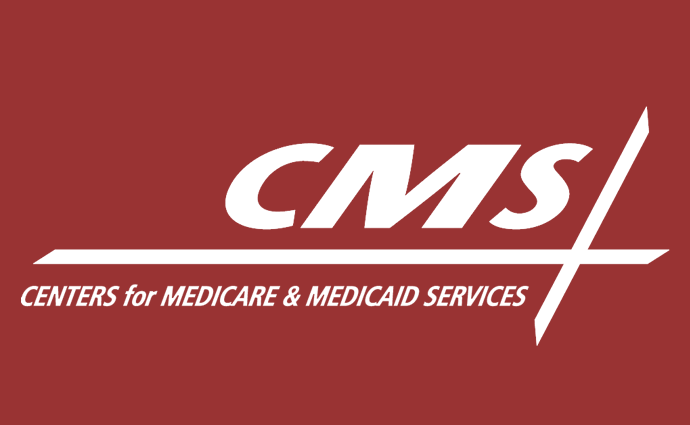CMS Releases 2023 Medicare Advantage, Part D Proposed Rule
The calendar year 2023 Medicare Advantage and Part D proposed rule adjusts medical loss ratio reporting, network adequacy metrics, star ratings, and other important standards.

Source: CMS Logo
- CMS released the calendar year 2023 Medicare Advantage and Part D proposed rule which aims to improve network adequacy, elucidate medical loss ratio reporting, open the possibility of assigning star ratings to local dual-eligible special needs plans, and more.
“We are dedicated to ensuring older Americans and those with disabilities who are served by the Medicare program have access to quality, affordable health care, including prescription drugs and therapies,” CMS Administrator Chiquita Brooks-LaSure said in an accompanying press release when the proposed rule was released.
“Today’s proposed actions follow our guiding principles by improving health equity and enhancing access to prescription medications.”
CMS proposed that payers who are seeking to introduce new Medicare Advantage plans or expand an existing one should have to prove that they have an adequate provider network.
However, the agency recognized that, if finalized, this would be no small request, particularly at the beginning of implementation. It would require new Medicare Advantage plans to build a full provider network in a single year.
To ease the burden on new or expanding health plans in the first year, CMS suggested applying 10-percentage points of credit to the percentage of beneficiaries that live within the time and distance expectations for network adequacy. CMS would require full compliance when the coverage year started but would help with the application process.
Additionally, CMS recommended reverting to the medical loss ratio reporting requirements of 2014 through 2017. Under these requirements, Medicare Advantage plans and Part D sponsors would have to report underlying cost and revenue as well as what they spent on supplemental benefits such as vision and hearing benefits.
CMS also wanted to better address dual-eligible beneficiaries’ needs in this proposed rule, who make up nearly a quarter of the Medicare Advantage population.
Specifically, the agency wanted to enable more specific tracking of dual special needs plan performance. Currently, these plans’ performance metrics are absorbed into Medicare Advantage Star Ratings under the Medicare Advantage and Part D plan contracts that encompass dual eligible special needs plans and other special needs plans.
To rectify this, CMS would have Medicare Advantage organizations create contracts specifically for dual-eligible special needs plans so that the Medicare Advantage Star Ratings would help beneficiaries evaluate the quality of special needs plans.
Under the proposed rule, Medicare Advantage plans will also change how they calculate the maximum out-of-pocket policy for dual-eligible beneficiaries.
Instead of only showing the amounts that the beneficiary must cover, Medicare Advantage plans would have to include in the maximum out-of-pocket limit beneficiary, Medicaid, and secondary insurance cost-sharing as well as the amount that would remain unpaid.
If CMS had taken this approach starting ten years ago, Medicaid programs might have saved $2 billion and boosted payments to providers that served dually eligible beneficiaries.
CMS also wanted to make technical changes to three Healthcare Effectiveness Data and Information Set (HEDIS) measures as well as other adjustments to secure access to care during disasters. The agency also proposed that special needs plans’ health risk assessments should ask about certain social determinants of health.
“Better Medicare Alliance appreciates CMS’ thoughtful work on this proposed rule and continued focus on the nearly half of Medicare beneficiaries who choose Medicare Advantage. We will continue to review the proposed rule in greater detail and weigh these policies in light of the upcoming Rate Notice,” Mary Beth Donahue, president and chief executive officer of the Better Medicare Alliance, said in a statement.
“Better Medicare Alliance appreciates our continued dialogue with CMS on how to maintain stability for the diverse population of 27 million beneficiaries who rely on Medicare Advantage to provide a superior health care experience, better health outcomes, record high quality ratings, and $1,640 in annual consumer savings.”
